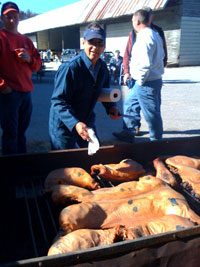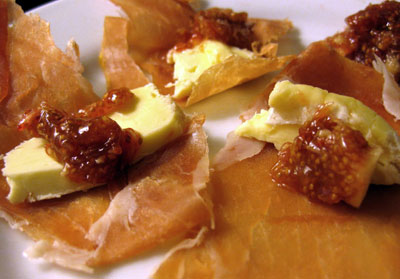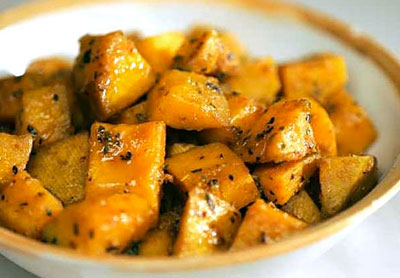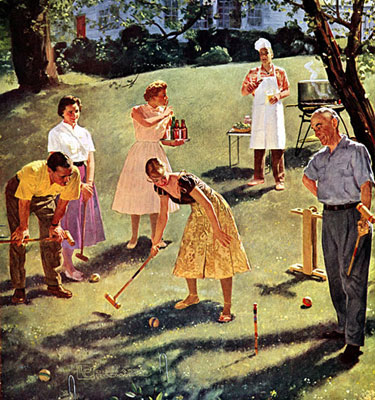 One of the ways fall is celebrated in Maine is with an annual pig roast that has been going on for the last 25 years thrown by four generations of the Hammond family. Once you're invited you always have an invitation. The patriarch Skip is in his mid-eighties and his wife is much younger by two years. They were married in the next town but got their blood test by a local doctor in Belgrade, who when he took blood from Skip’s wife couldn’t get it to fill the vial so he said to Skip give me some of your blood to fill the vial. The doctor then pronounced them husband and wife. They have been married for 60 years so far.
One of the ways fall is celebrated in Maine is with an annual pig roast that has been going on for the last 25 years thrown by four generations of the Hammond family. Once you're invited you always have an invitation. The patriarch Skip is in his mid-eighties and his wife is much younger by two years. They were married in the next town but got their blood test by a local doctor in Belgrade, who when he took blood from Skip’s wife couldn’t get it to fill the vial so he said to Skip give me some of your blood to fill the vial. The doctor then pronounced them husband and wife. They have been married for 60 years so far.
The pig roast started as a prelude to hunting season when a caterer would drive all night from South Carolina with six 80-pound pigs and masses of ground corn for the mountain of hush puppies. People brought all their best desserts and the table groaned under the weight. Over the years more tables have been set up and there is everything imaginable from bean hole beans to salads and deviled eggs of every know variation. The past 10 years clams and lobstershave also been cooked over a roaring oak wood fire pit. There are many people having their first and only lobster of the year and everyone wears a big contented smile of appreciation.

 Oft unknown and underutilized, celeriac or celery root is a vegetable with white flesh and knobby light-brown skin. Its texture is not far from parsnips. Its flavor is like celery: fresh, bright, and almost citrusy. In fact they are related. The celery root grows green stems and leaves above the soil surface that look much like celery and can be used just like celery. The greens have a more pronounced celery flavor but the stems are woody and hollow like bamboo. The herb lovage, another celery cousin, is like this too. The stems can be used as straws in mixed drinks like the Bloody Mary or my take on the
Oft unknown and underutilized, celeriac or celery root is a vegetable with white flesh and knobby light-brown skin. Its texture is not far from parsnips. Its flavor is like celery: fresh, bright, and almost citrusy. In fact they are related. The celery root grows green stems and leaves above the soil surface that look much like celery and can be used just like celery. The greens have a more pronounced celery flavor but the stems are woody and hollow like bamboo. The herb lovage, another celery cousin, is like this too. The stems can be used as straws in mixed drinks like the Bloody Mary or my take on the  The best appetizers are full of flavor, fun to look at, and, ideally, take very little effort to prepare. Vegetable crudites fit those requirements but they aren't exciting.
The best appetizers are full of flavor, fun to look at, and, ideally, take very little effort to prepare. Vegetable crudites fit those requirements but they aren't exciting. With autumn beginning to wax, the garden is coming into its own, offering the bounty and plethora of blooms only an early fall garden can provide. Salvias, pentas, lantanas, Artemisia, and pomegranates are looking quite lovely this time of year for they have appreciated and endured the heat and now bestow their blossoms as trophies of survival from the heat of summer.
With autumn beginning to wax, the garden is coming into its own, offering the bounty and plethora of blooms only an early fall garden can provide. Salvias, pentas, lantanas, Artemisia, and pomegranates are looking quite lovely this time of year for they have appreciated and endured the heat and now bestow their blossoms as trophies of survival from the heat of summer. Never mind the name, these sweet, nutty squash are harvested in the fall. They are called "winter" because their hard shells allow them to be stored for extended periods, and in the days before refrigeration, that was a quality more worth honoring than mere harvest seasonality. The earliest winter squash are just beginning to trickle into the market -- kabocha, butternut and acorn, mostly.
Never mind the name, these sweet, nutty squash are harvested in the fall. They are called "winter" because their hard shells allow them to be stored for extended periods, and in the days before refrigeration, that was a quality more worth honoring than mere harvest seasonality. The earliest winter squash are just beginning to trickle into the market -- kabocha, butternut and acorn, mostly.
